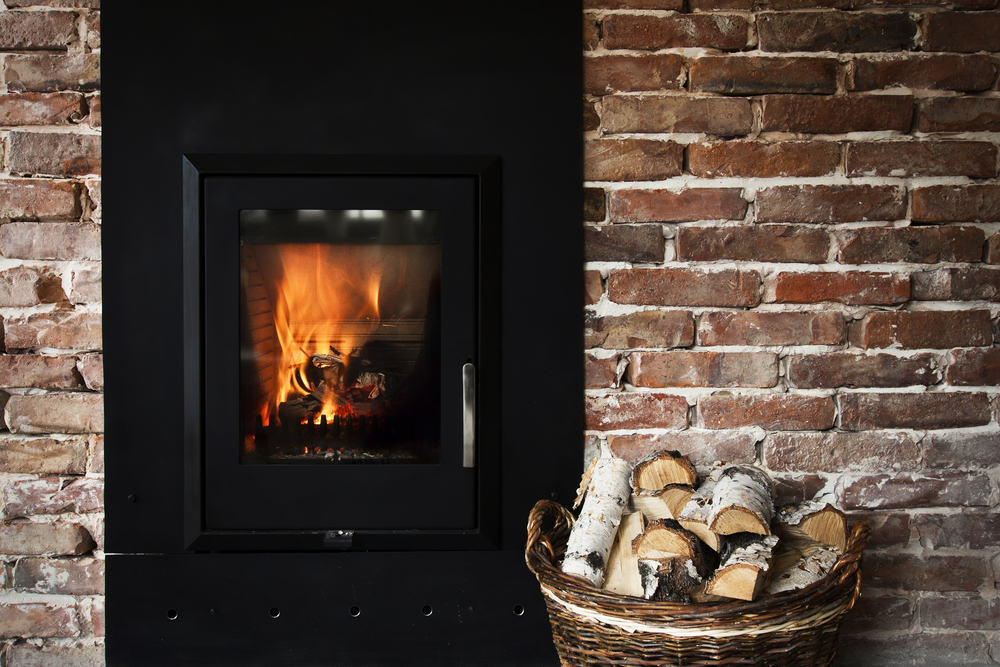Here at JMS Wood Burning and Multi-Fuel Stoves, we are leading stove experts. From multi-fuel stoves, to wood-burning stoves, we have a wealth of knowledge, skills and expertise. And this is our guide to everything you should know about how multi-fuel stoves compare to gas fires.
Why should you choose a multi-fuel stove instead of a gas fire?
There are a number of reasons why a multi-fuel stove can be a better option for your home than a gas fire fitting. These reasons incude:
- Carbon monoxide and maintenance- while both multi-fuel stoves and gas fires will require some annual chimney maintenance to keep these in tip top condition, gas fires will need to be installed by a registered gas safe engineer and will need to be examined and serviced by an expert on a yearly basis. A gas stove will also require a carbon monoxide sensor fitting to ensure that your household is completely safe. A multi-fuel stove will need yearly maintenance for your chimney, but additional steps will not be necessary.
- Additional heat- while a gas fire is on average 6kw, multi-fuel stoves can be larger than this, up to 15 kw. So for larger rooms and open plan spaces, a multi fuel stove can be the most practical option.
- Running costs- when you compare gas prices to the fuel options for multi-fuel, it is clear that a multi-fuel stove has lower running costs, although gas fires can be up to 100% efficient.
What are the important considerations?
There are some important considerations you should bear in mind, including:
- Any stove over 5kw needs an air brick or ventilation kit installed in the same room to ensure adequate air flow
- Both gas and multi-fuel stoves will need to be installed within a chimney breast or an outside wall.
For more information or advice, or to choose your new multi-fuel stove, get in touch with the experts today, here at JMS Stoves.

